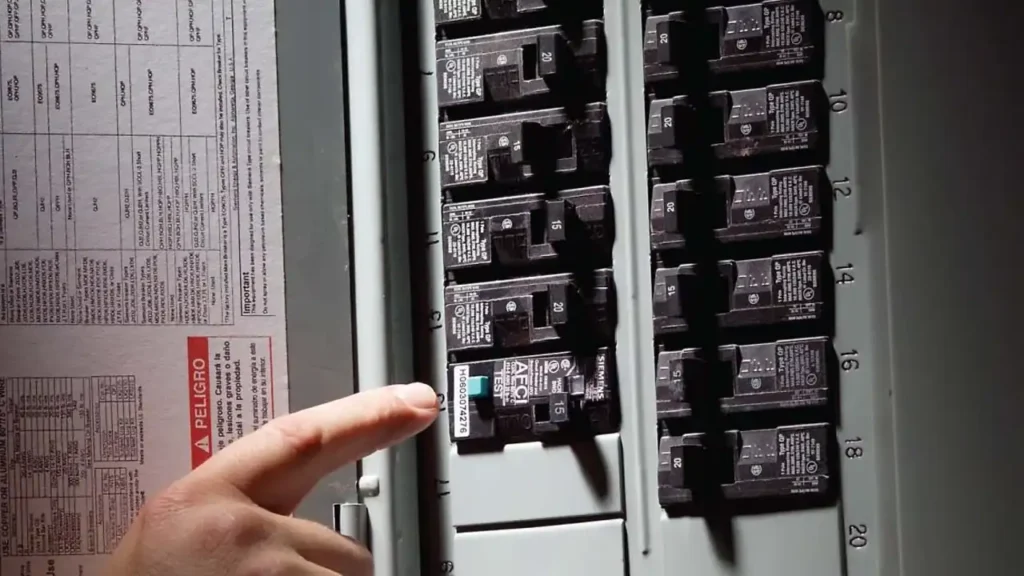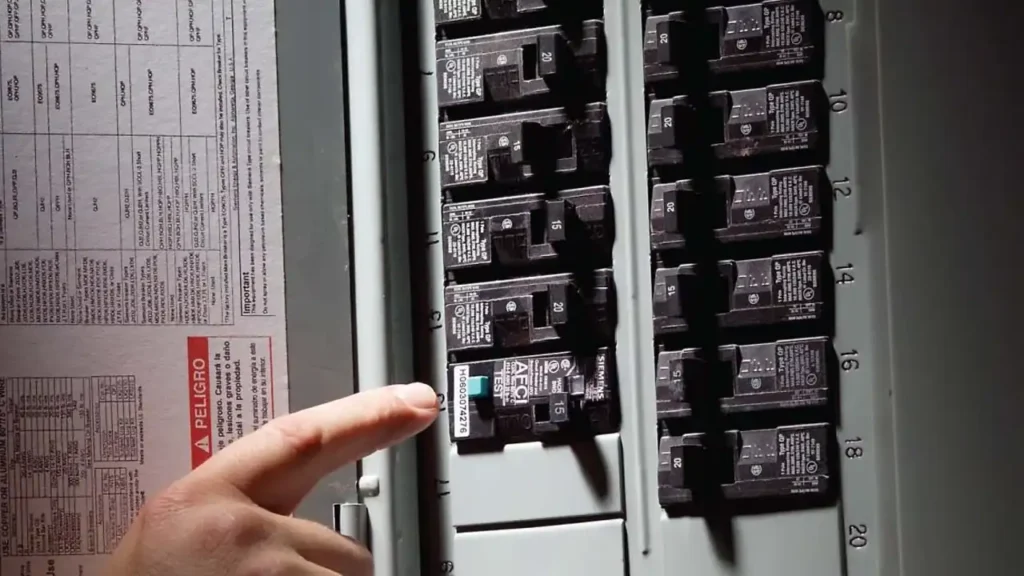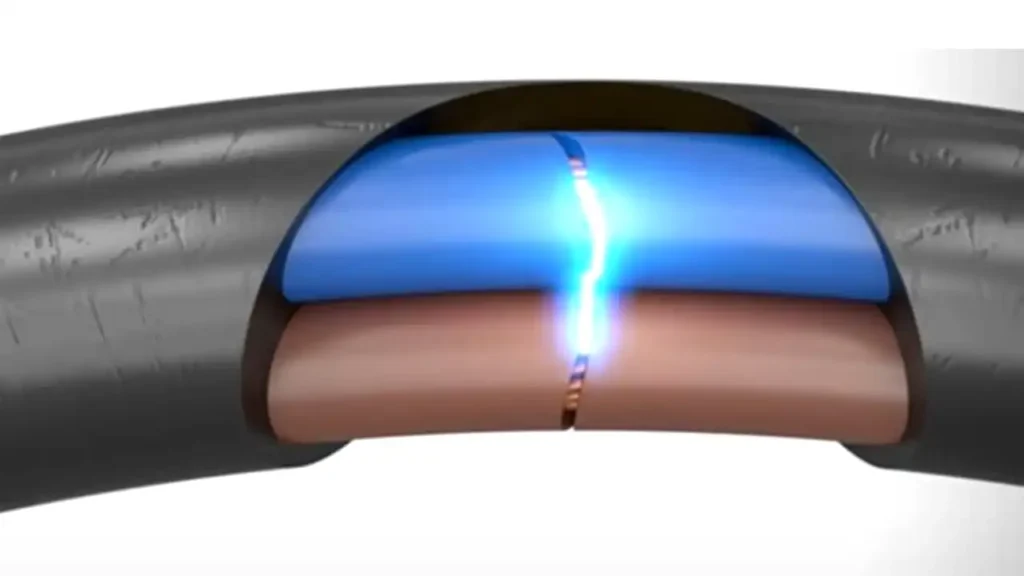Arc circuit breakers are essential components in electrical systems, designed to protect circuits from excessive currents and prevent dangerous electrical faults. These devices play a critical role in ensuring safety and reliability in a wide range of applications.
In this blog post, we will delve into the world of arc circuit breakers, exploring their function, types, operating principles, and applications. We will also discuss the importance of regular maintenance and inspection to ensure optimal performance and safety.
What is an ARC Circuit Breaker?

An arc circuit breaker is a type of electrical protection device designed to interrupt electrical circuits under fault conditions. It operates by rapidly extinguishing electrical arcs that can occur when a fault causes excessive current to flow.
Key components of an arc circuit breaker:
- Contacts: These are the movable parts that open and close the circuit.
- Arc chutes: These are designed to guide and extinguish the electrical arc when a fault occurs.
- Operating mechanism: This mechanism triggers the opening of the contacts when a fault is detected.
- Trip unit: This is the device that determines when a fault has occurred and sends a signal to the operating mechanism.
What is an ARC Fault Circuit Breaker?

An arc fault circuit breaker (AFCB) is a specialized type of circuit breaker designed to protect against electrical fires caused by arcing faults. Arcing faults occur when electricity flows through an unintended path, such as across the insulation of a wire or between two conductors. This can generate heat and potentially ignite a fire.
Key features and benefits of AFCBs:
- Sensitivity to arcing faults: AFCBs are equipped with sensors that can detect the characteristic patterns of arcing faults, even when the current flow is relatively low.
- Early detection and interruption: AFCBs can quickly detect and interrupt arcing faults, reducing the risk of fire damage.
- Improved safety: AFCBs provide enhanced protection against electrical fires, especially in homes and buildings with sensitive wiring and electronics.
- Compliance with electrical codes: In many regions, AFCBs are required by electrical codes for specific circuits, such as those in bedrooms, family rooms, and kitchens.
What Does ARC Fault Mean on a Circuit Breaker?

Arc fault refers to a type of electrical fault that occurs when electricity flows through an unintended path, such as across the insulation of a wire or between two conductors. This can generate heat and potentially ignite a fire.
An arc fault circuit breaker (AFCB) is a specialized type of circuit breaker designed to detect and interrupt these arcing faults, preventing electrical fires.
When you see “arc fault” on a circuit breaker, it indicates that the breaker is equipped with sensors and circuitry to detect and respond to arcing faults. This provides additional protection for your electrical system and reduces the risk of fire hazards.
How to Install an Arc Fault Circuit Breaker?
Disclaimer: Electrical work can be dangerous. If you’re unsure about your abilities, it’s highly recommended to consult with a licensed electrician.
Here’s a general guide on how to install an arc fault circuit breaker (AFCB):
- Turn off the power: Locate the main breaker panel and switch off the breaker that controls the circuit where you want to install the AFCB.
- Verify power is off: Use a voltage tester to confirm that the power is off in the circuit.
- Remove the old breaker: If you’re replacing an existing breaker, loosen the screws holding it in place and carefully remove it from the panel.
- Install the AFCB: Align the AFCB with the bus bars in the panel and secure it in place with the provided screws.
- Connect the wires: Connect the wires from the circuit to the AFCB, ensuring they match the correct terminals.
- Tighten the screws: Securely tighten all the screws connecting the AFCB to the bus bars and wires.
- Turn on the power: Switch on the main breaker and verify that the AFCB is working correctly by testing the outlets in the circuit.
Important safety precautions:
- Always work with caution and follow electrical safety guidelines.
- Wear appropriate safety gear, such as rubber gloves and eye protection.
- Never work on live circuits.
- If you’re unsure about any step, consult a licensed electrician.
Additional tips:
- Check the manufacturer‘s instructions: Refer to the AFCB’s manual for specific installation instructions and recommendations.
- Consider upgrading the entire panel: If your panel is old or overloaded, upgrading to a larger panel may be necessary to accommodate the AFCB.
- Consult local electrical codes: Ensure that your installation complies with local electrical codes and regulations.
Remember, electrical work can be hazardous. If you’re not confident in your abilities, it’s always best to consult with a qualified electrician.
Arc Fault Circuit Breaker Cost
The cost of an arc fault circuit breaker (AFCB) can vary depending on several factors, including:
- Brand and model: Different manufacturers offer AFCBs at varying price points.
- Type: Single-pole, double-pole, or quad-pole AFCBs will have different costs.
- Rating: The amperage rating of the AFCB can also affect the price.
- Installation costs: If you’re hiring an electrician to install the AFCB, you’ll need to factor in their labor costs.
Generally, AFCBs are more expensive than standard circuit breakers. However, the added cost is often justified by the increased safety and protection they provide against electrical fires.
To get a more accurate estimate of the cost of an AFCB in your area, you can:
- Check with local electrical supply stores: They can provide pricing information for various brands and models.
- Consult with a licensed electrician: They can give you a quote for both the AFCB and the installation.
- Research online: Many online retailers sell AFCBs, and you can compare prices and read customer reviews.
Remember, while the initial cost may be higher, the investment in an AFCB can be worthwhile to protect your home or business from potential electrical fires.
Arc Fault Circuit Breaker Problems
Arc fault circuit breakers (AFCBs) are highly reliable devices, but like any electronic equipment, they can experience problems. Here are some common issues you might encounter with AFCBs:
- Nuisance tripping: This occurs when the AFCB trips unnecessarily, even without a fault. This can be caused by various factors, such as sensitive settings, nearby electrical noise, or faulty wiring.
- Incorrect installation: Improper installation, including loose connections or incorrect wiring, can lead to AFCB problems.
- Environmental factors: Extreme temperatures, humidity, or exposure to corrosive substances can affect the performance and lifespan of AFCBs.
- Age and wear: Over time, AFCBs can experience wear and tear, leading to decreased sensitivity or failure.
- Manufacturer defects: In rare cases, AFCBs may have manufacturing defects that cause them to malfunction.
If you’re experiencing issues with your AFCB, it’s important to address them promptly to avoid potential safety hazards. Here are some steps you can take:
- Check the AFCB settings: Ensure that the sensitivity settings are appropriate for your specific application.
- Inspect for wiring problems: Look for loose connections, damaged wires, or other signs of electrical issues.
- Consider environmental factors: If the AFCB is exposed to harsh conditions, relocate it to a more suitable environment.
- Contact the manufacturer: If you suspect a manufacturing defect, reach out to the manufacturer for assistance.
If you’re unable to resolve the issue yourself, it’s recommended to consult with a licensed electrician. They can diagnose the problem and provide appropriate solutions.
Conclusion:
ARC circuit breakers are essential safety devices that protect electrical circuits from harmful arcing faults. By rapidly interrupting the power supply when an arc occurs, they prevent fires, equipment damage, and potential injuries. Understanding the different types of ARC circuit breakers and their applications is crucial for ensuring the safety and reliability of electrical systems.
Need high-quality ARC circuit breakers for your electrical installations? Look no further! [Your Company Name] offers a wide range of reliable and efficient ARC circuit breakers, including:
- Thermal magnetic circuit breakers
- Electronic trip circuit breakers
- Ground fault circuit interrupters (GFCIs)
- And more!
Our circuit breakers are designed to meet the highest safety standards and provide exceptional performance. Whether you’re working on residential, commercial, or industrial projects, we have the right circuit breakers to meet your needs.
Contact us today to discuss your requirements and get a quote for our wholesale ARC circuit breaker products.